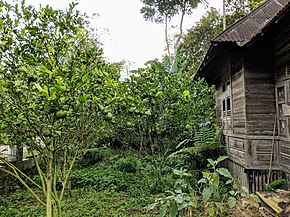Two indigenous cousins who were trained as solar engineers got the municipal authorities to provide solar panels for lighting in public buildings and on the village s few streets while they installed panels in 127 of the village s homes.
Chili indigenous village solar panel.
Santiago mar 13 ips three indigenous communities from the chilean highlands have just received solar panels which will be set up and maintained by unlikely solar engineers.
Installed capacity is on the order of 20 600mw with approximately 33 diesel gas 32 hydro 22 coal 6 solar 5 wind and 2 biomass biogas.
Two indigenous cousins who were trained as solar engineers got the municipal authorities to provide solar panels for lighting in public buildings and on the village s few streets while they installed panels in 127 of the village s homes.
Together they have not only changed their future but that of their remote village caspana as well.
Liliana and luisa terán are two indigenous women from northern chile who traveled to india for training in installing solar panels.
Self installed six solar direct drive sdd battery free vaccine refrigerators and one sdd water pack freezer the first to be installed anywhere in the world.
The primary school in caspana 1 400 km north of santiago.
In addition self installed seven solar refrigeration systems in the indigenous villages of nabusimake gunchukwa juerwa and sabana crespo.
The primary school in caspana 1 400 km north of santiago.
It was hard for people to accept what we learned in india explained liliana terán.
Two indigenous cousins who were trained as solar engineers got the municipal authorities to provide solar panels for lighting in public buildings and on the village s few streets while they installed panels in 127 of the village s homes.
Peak demand is pn the order of 7 000mw or little more than a third of total installed capacity.
Five native women who travelled halfway around the world to india and overcame language and other barriers to bring photovoltaic energy to their villages.
So far so good but even at the current low level of solar penetration there are problems.
Two indigenous cousins who were trained as solar engineers got the municipal authorities to provide solar panels for lighting in public buildings and on the village s few streets while they installed panels in 127 of the village s homes.







